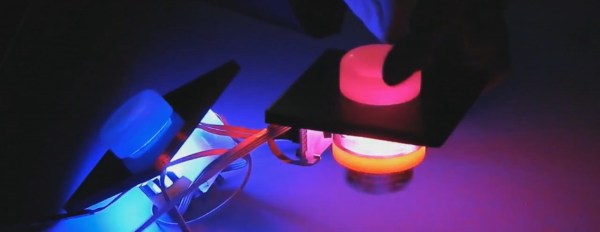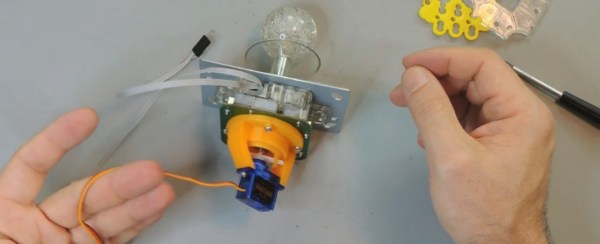Here’s a blast from the past, or future, reminiscent of the self-lacing shoes from Back to the Future Part II. [Vimal Patel] made his own self-lacing shoe using LEGO “bolted” to the shoe’s sole. We think these are cooler than the movie version since we get to see the mechanism in action, urging it on as the motor gets loaded down pulling the laces for that last little bit of tightness.
The electronics are all LEGO’s Power Functions parts. A Dremel was used to make holes in the soles to hot glue LEGO pieces for four attachment points. The attachment points are permanent but the rest can be easily removed. In case you want to look them up or make your own, he’s using the using the 8878 rechargeable LiPo battery box, the 88003 L-motor, the 8884 IR receiver, and the 8885 IR remote control. That’s right, these shoes are laced up under command of an IR remote control, well, provided the battery box is powered on. There’s a 1:24 worm gear reduction to get the needed torque.
This was a quick build for [Patel], done over two afternoons. He initially tried with the winding axle behind the heel but that didn’t work well so he moved the axle adjacent to the laces instead, which works great as you can see in the video after the break.
Continue reading “Self-Lacing LEGO Power Shoe” →

















